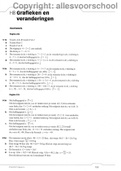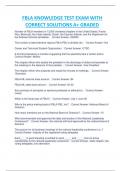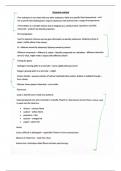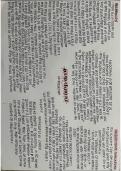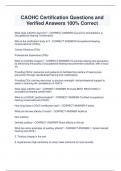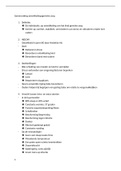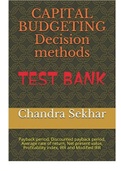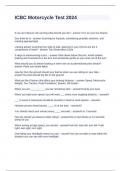Exam (elaborations)
NREMT Cognitive Exam Prep Questions and Answers 100% Pass
- Course
- Institution
NREMT Cognitive Exam Prep Questions and Answers 100% Pass Where does the modern EMS system have its origin? - ANSWER -The modern EMS system has its origins in funeral homes, which often operated ambulances. However, funeral home operators were often serving competing business interests and pati...
[Show more]




